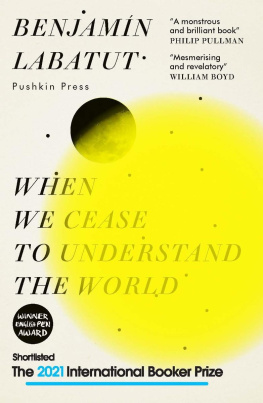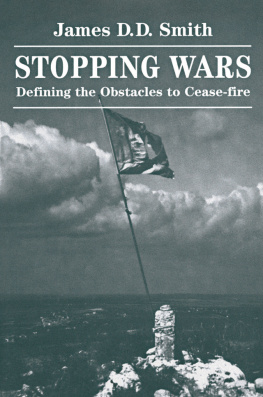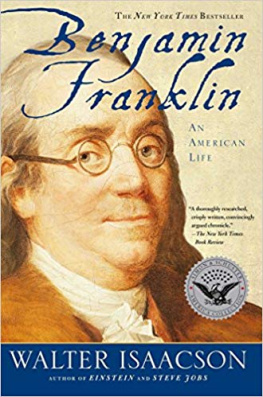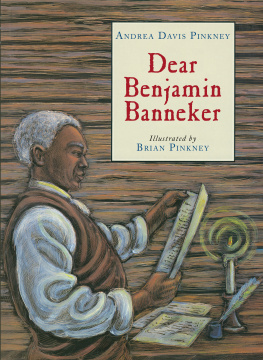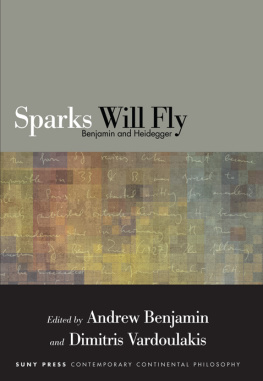Benjamín Labatut - When We Cease to Understand the World
Here you can read online Benjamín Labatut - When We Cease to Understand the World full text of the book (entire story) in english for free. Download pdf and epub, get meaning, cover and reviews about this ebook. year: 2020, publisher: Pushkin Press, genre: Detective and thriller. Description of the work, (preface) as well as reviews are available. Best literature library LitArk.com created for fans of good reading and offers a wide selection of genres:
Romance novel
Science fiction
Adventure
Detective
Science
History
Home and family
Prose
Art
Politics
Computer
Non-fiction
Religion
Business
Children
Humor
Choose a favorite category and find really read worthwhile books. Enjoy immersion in the world of imagination, feel the emotions of the characters or learn something new for yourself, make an fascinating discovery.
- Book:When We Cease to Understand the World
- Author:
- Publisher:Pushkin Press
- Genre:
- Year:2020
- Rating:4 / 5
- Favourites:Add to favourites
- Your mark:
- 80
- 1
- 2
- 3
- 4
- 5
When We Cease to Understand the World: summary, description and annotation
We offer to read an annotation, description, summary or preface (depends on what the author of the book "When We Cease to Understand the World" wrote himself). If you haven't found the necessary information about the book — write in the comments, we will try to find it.
When We Cease to Understand the World — read online for free the complete book (whole text) full work
Below is the text of the book, divided by pages. System saving the place of the last page read, allows you to conveniently read the book "When We Cease to Understand the World" online for free, without having to search again every time where you left off. Put a bookmark, and you can go to the page where you finished reading at any time.
Font size:
Interval:
Bookmark:
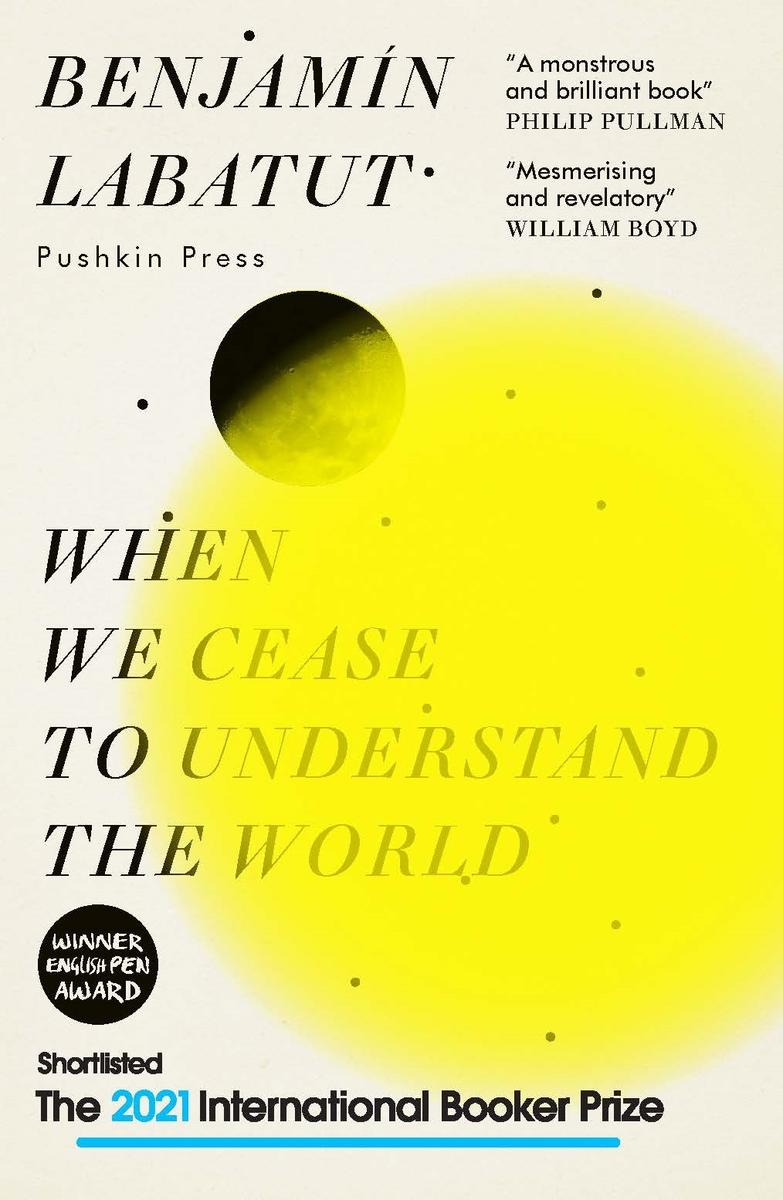
In a medical examination on the eve of the Nuremburg Trials, the doctors found the nails of Hermann Grings fingers and toes stained a furious red, the consequence of his addiction to dihydrocodeine, an analgesic of which he took more than one hundred pills a day. William Burroughs described it as similar to heroin, twice as strong as codeine, but with a wired coke-like edge, so the North American doctors felt obliged to cure Gring of his dependency before allowing him to stand before the court. This was not easy. When the Allied forces caught him, the Nazi leader was dragging a suitcase with more than twenty thousand doses, practically all that remained of Germanys production of the drug at the end of the Second World War. His addiction was far from exceptional, for virtually everyone in the Wehrmacht received Pervitin as part of their rations, methamphetamine tablets that the troopers used to stay awake for weeks on end, fighting in a deranged state, alternating between manic furore and nightmarish stupor, with overexertion leading many to suffer attacks of irrepressible euphoria. An absolute silence reigns. Everything becomes alien and insignificant. I feel completely weightless, as if I were floating above my own airplane, a Luftwaffe pilot wrote years later, as though he were recollecting the silent raptures of a beatific vision rather than the dog days of war. The German writer Heinrich Bll wrote letters to his family from the front asking them to send him additional doses: Its hard here, he wrote to his parents on November 9, 1939, and I hope you understand if I can only write you every two or three days. Today Im doing so chiefly to ask for more Pervitin I love you, Hein. On May 20, 1940, he wrote them a long, impassioned letter that ended with the same request: Can you get hold of a bit more Pervitin for me, so I can have some in reserve? Two months later, his parents received a single scraggly line: If at all possible, please mail me more Pervitin. Amphetamines fuelled the unrelenting German Blitzkrieg and many soldiers suffered psychotic attacks as they felt the bitter tablets dissolve on their tongues. The Reich leadership, however, tasted something very different when the lightning war was extinguished by the firestorms of the Allied bombers, when the Russian winter froze the caterpillar tracks of their tanks and the Fhrer ordered everything of value within the Reich destroyed to leave nothing but scorched earth for the invading troops. Faced with utter defeat, staggered by the new horror they had called down upon the world, they chose a quick escape, biting down on cyanide capsules and choking to death on the sweet scent of almonds that the poison gives off.
A wave of suicides swept through Germany in the final months of the war. In April 1945 alone, three thousand eight hundred people killed themselves in Berlin. The inhabitants of the small town of Demmin, to the north of the capital, some three hours away, fell prey to collective panic when the retreating German troops destroyed the bridges leading west, leaving them stranded on their peninsula, surrounded by three rivers and defenceless before the dreaded onslaught of the Red Army. Hundreds of men, women and children took their own lives over the course of three days. Whole families walked into the waters of the Tollense tied together with ropes around their waists, as if to play a gruesome game of tug of war, the smallest children weighed down by their schoolbags, laden with rocks. The chaos was such that the Russian troopswho had, up to then, devoted themselves to looting homes, burning buildings and raping womenreceived orders to put a stop to the epidemic of suicides; on three separate occasions they had to cut down a woman who tried to hang herself from the branches of a massive oak tree in her garden, at the roots of which she had already buried her three children, after lacing their cookiesa final treatwith rat poison. The woman survived, but the soldiers were unable to prevent a young girl from bleeding to death after she opened her veins with the same razor blade she had used to slice her parents wrists. A similar death wish took hold of the upper echelons of the Nazi party: fifty-three generals from the army, fourteen from the air force, and eleven from the navy committed suicide, along with the Minister of Education, Bernhard Rust, the Minister of Justice, Otto Thierack, Field Marshal Walter Model, the Desert Fox Erwin Rommel and, of course, the Fhrer himself. Others, such as Hermann Gring, hesitated and were captured alive, but this merely postponed the inevitable. When the doctors declared him fit for trial, Gring was found guilty by the Nuremburg Tribunal and condemned to death by hanging. He requested a firing squad: he wished to die like a soldier and not a common criminal. When he learned of the refusal of this last request, he killed himself by biting on a cyanide capsule he had hidden in a jar of pomade next to which he left a note explaining that he had chosen to die by his own hand, like the great Hannibal. The Allies attempted to wipe away all traces of his existence. They removed the shards of glass from his lips and sent his clothing, personal effects and naked body to the municipal crematorium at the Ostfriedhof cemetery in Munich, where one of the gigantic ovens was fired up to incinerate Gring, mingling his ashes with those of thousands of political prisoners and opponents of the Nazi regime decapitated at Stadelheim prison, the handicapped children and psychiatric patients murdered by the Aktion T4 euthanasia programme, and countless victims of the concentration camp system. His remains were scattered late at night in the waters of the Watzenbach, a small brook chosen from a map at random. But these efforts were in vain: to this day, collectors from all over the world continue to exchange keepsakes and belongings of the last great leader of the Nazis, commander of the Luftwaffe and Hitlers natural successor. In June 2016, an Argentine man paid more than three thousand euros for a pair of the Reichsmarschalls silk underpants. Months later, that same man spent twenty-six thousand euros on the copper and zinc cylinder that had once concealed the glass vial Gring ground between his teeth on October 15, 1946.
The National Socialist party elite received similar capsules at the end of the last concert given by the Berlin Philharmonic before the city fell on April 12, 1945. Albert Speer, Minister of Armaments and War Production and official architect of the Third Reich, organized a special programme that included Beethovens Violin Concerto in D major, followed by Brckners Fourth SymphonyThe Romanticand ending, appropriately, with Brnnhildes aria, which closes the third act of Richard Wagners Gtterdmmerung, in which the Valkyrie immolates herself on an enormous funeral pyre, the flames of which spread to consume not only the world of men but the halls of Valhalla and the entire pantheon of the gods. When the audience filed towards the exits, Brnnhildes cries of pain still resounding in their ears, members of the Deutsches Jungvolka section of the Hitler Youth composed of children under ten, as the teenagers were already off dying at the barricadeshanded out cyanide capsules in small wicker baskets, like votive offerings at mass. Gring, Goebbels, Bormann and Himmler used these capsules to commit suicide, but many of the Nazi leaders chose to shoot themselves in the head at the same moment they bit down, afraid that they had been sabotaged, that the capsules were deliberately adulterated to provoke not the painless, instant death that they desired but the slow agony they deserved. Hitler became so convinced that his dosage had been tampered with that he chose to test its effectiveness on his beloved Blondi, a German shepherd that had accompanied him to the Fhrerbunker, where she slept at the foot of his bed, enjoying privileges of all kinds. The Fhrer preferred killing his pet to letting her fall into the hands of Russian troops who had already surrounded Berlin and were inching closer to his subterranean refuge by the minute, but he was too cowardly to do it himself; he asked his personal doctor to break one of the capsules in the animals mouth. The dogwho had just given birth to four puppiesdied instantly when the minuscule cyanide molecule, formed by one atom of nitrogen, one of carbon and one of potassium, entered her bloodstream and cut off her breath.
Next pageFont size:
Interval:
Bookmark:
Similar books «When We Cease to Understand the World»
Look at similar books to When We Cease to Understand the World. We have selected literature similar in name and meaning in the hope of providing readers with more options to find new, interesting, not yet read works.
Discussion, reviews of the book When We Cease to Understand the World and just readers' own opinions. Leave your comments, write what you think about the work, its meaning or the main characters. Specify what exactly you liked and what you didn't like, and why you think so.

